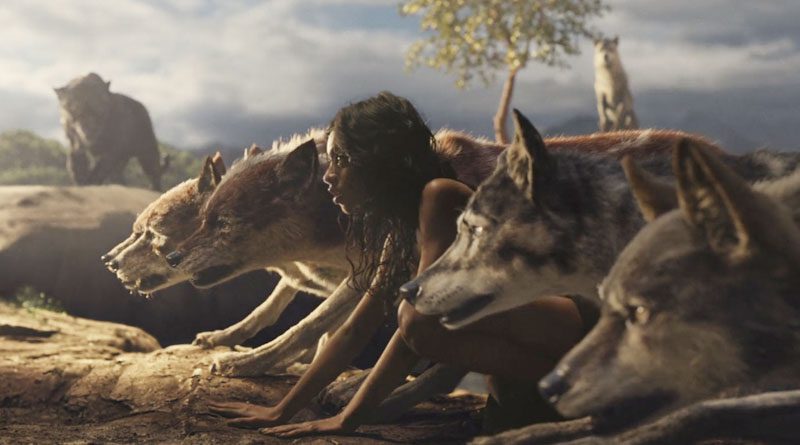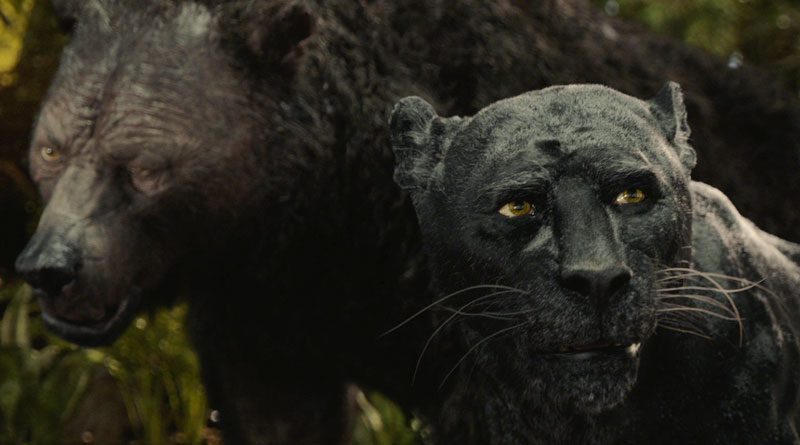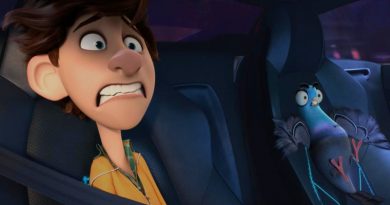Mowgli: Legend of the Jungle (2018) Review
Once upon a time, Warner Bros.’ big-budget adaptation of the Andy Serkis’ take on the famous Rudyard Kipling’s story was set to compete against Disney’s own Jungle Book adaptation back in 2016. While that Jon Favreau’s mainstream-friendly version managed to wow both critics and audiences to the tune of nearly US$1 billion in the global box-office, it was a shame that the then-title Mowgli forced to delay its initial October 2016 release due to extensive work on the special effects.
But then, something unexpected happened: the studio made a surprise decision by selling worldwide rights of the movie to Netflix in July this year — an obvious sign that they have little confidence with Serkis’ version at the end of the day.
And it turned out the studio actually made the right decision. On paper, Serkis’ bold decision to make a darker version of Kipling’s oft-told story does sound intriguing in the first place. The story, at least during the first hour, is pretty more of the same: Mowgli (Rohan Chand) was found by a black panther Bagheera (voiced by Christian Bale) after the death of his parents. He is subsequently adopted by a pack of wolves, led by Akela (Peter Mullan) and raised him like their own child a.k.a. “man-cub”. However, Mowgli’s presence among the animals in the jungle doesn’t particularly sit well for Shere Khan (Benedict Cumberbatch), the fearsome tiger who wouldn’t hesitate to devour the man-cub when given the opportunity.

To avoid the conflict from getting any worse, Bagheera believes that the best way Mowgli needs to do is leave the jungle and join the human village for his own safety.
Unlike Disney’s The Jungle Book, Serkis’ version isn’t what you would call a “family-friendly entertainment”. Here, he doesn’t shy away from the harsh reality of living in the jungle filled with wild animals where death is inevitable and there’s always a constant sense of threat and danger. Even the onscreen display of blood and violence during some of the animal attacks aren’t spared either.
And yet, Mowgli: Legend of the Jungle (yes, this is the new title after selling to Netflix) is tonally uneven. It seems to me that first-time screenwriter Callie Kloves tries hard to balance between the Mowgli’s story that we all know with a grim storytelling approach. The result is a half-baked effort that fails to reach its full potential.

Then, there’s the surprisingly awkward-looking CGI. Serkis may have been a mo-cap veteran but as a director himself, he remains rough around the edges. For all the so-called extensive work on the special effects after all these years of delay, the CGI looks unfinished and even made worse with Serkis’ ill-advised creative decision to make the animals’ facial expression resembled closely like human faces. Even the CG environment is spotty in places that don’t really blend well with the CG animals and Mowgli himself.
Rohan Chand’s central performance as Mowgli is adequate at best. The rest of the human actors which include Matthew Rhys’ hunter role as John Lockwood and Freida Pinto as the kind villager Messua are all sadly given little rooms to make their thinly-drawn characters worthwhile.
As for the voice cast, it should have been promising with all the familiar names like Christian Bale, Cate Blanchett and Benedict Cumberbatch. But none of them actually making a lasting impression. For instance, Bale’s altered voice as Bagheera sounds as if he’s trying to reenact his Batman role while the otherwise reliable Cate Blanchett hams it up with her hissing voice as the giant python Kaa.
Despite the half-realised storyline, the final 45 minutes does show some potential that leads to a violent yet riveting climax. This is the only time that I felt the movie’s darker tone works well in its favour. If only the rest of the movie is as consistent as the aforementioned 45 minutes, Mowgli: Legend of the Jungle would have been a recommended grown-up version of The Jungle Book tale.





